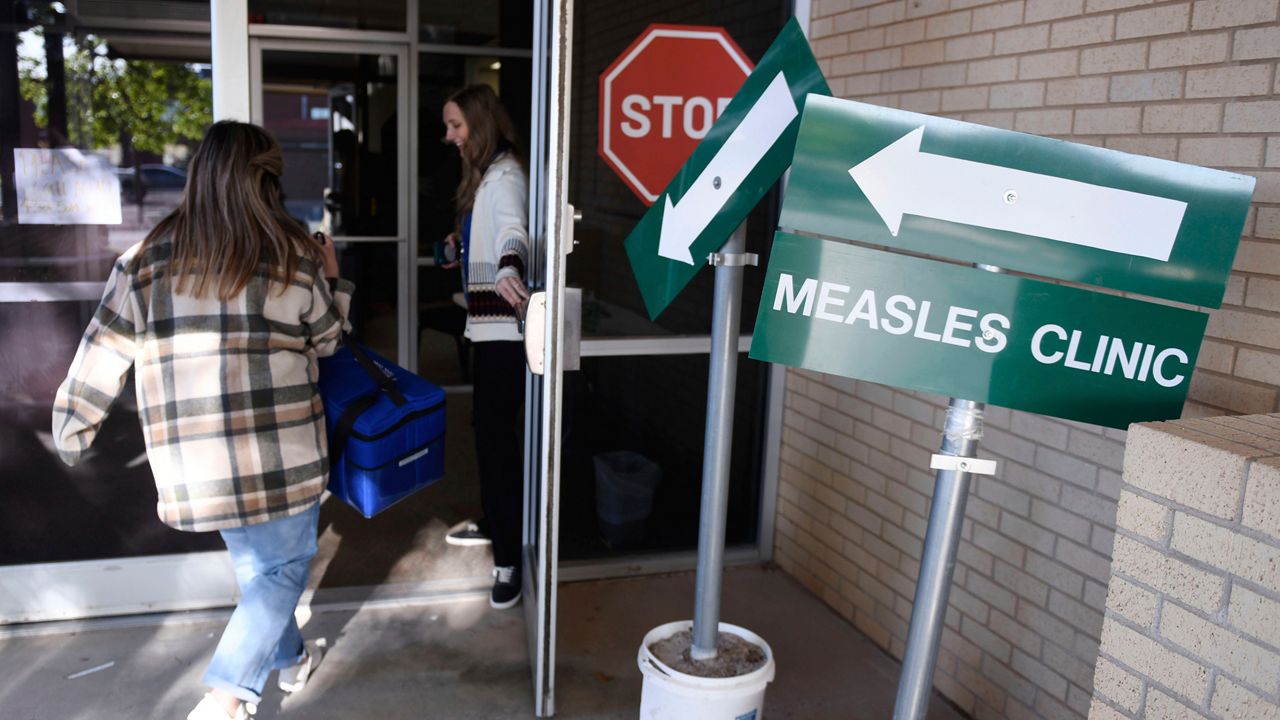SAN DIEGO — With many federal cuts to funding, a San Diego nonprofit is enacting a model that they say allows them to continue feeding the community.
Slinging boxes around first thing in the morning might not sound very fun, Jim O’Hare says it's his pleasure.
O’Hare is a volunteer for Feeding San Diego, a leading hunger-relief charity and food bank serving San Diego County. He was picking up a truckload of food donated by Trader Joes to be distributed to hungry families.
“I kind of enjoy doing it. I enjoy working with the people there, and it’s nice to give back a little bit,” O’Hare said.
A new law requires certain businesses to donate their edible surplus food to food-recovery organizations, such as Feeding San Diego. They manage over 900 food pickups every week from local stores, and they wouldn't be possible without volunteers like O’Hare.
He says each box could be the difference between a family eating less healthy, processed food, or fresh food like sushi and strawberries, and even high-demand items like farm-fresh eggs.
“At this time, I guess eggs are very expensive, so I’m really surprised. Trader Joe’s is giving away a lot of eggs,” he said. “I don’t think anything’s really given away that 90% of the population wouldn’t eat if they bought at Ralphs or any other grocery store.”
Kate Garrett, director of supply chain at Feeding San Diego, says some of the rescued food comes to their marketplace, where community members can go once a month to shop for no-cost groceries.
She thinks they can find dry goods like ramen and peanut butter, fresh produce like mushrooms and bell peppers, and even a sweet treat like cheesecake. Any food that is not edible for humans is given to farmers to help them feed their livestock.
“This is food that just can’t be sold because maybe it’s getting a little bit too close to the sell-by date, or maybe pieces of the product have turned a little bit,” Garrett said. “Maybe there’s one strawberry that’s looking a little bit moldy, but the rest of the strawberries are still perfectly good to eat.”
Feeding San Diego reports that nearly 400,000 people in San Diego County face hunger, while 31% of the food produced is wasted.
Garrett says that last year, Feeding San Diego distributed over 33 million pounds of food to the community, and over 31 million pounds of that food was rescued. She noted that with many federal cuts to funding, their food rescue model gives them the resources to continue feeding the community while reducing waste.
“There’s such a need for the food to get into the hands of the people that need it most and so acting as that solution can be so fulfilling, and it also helps to provide that sense of stability in times of uncertainty,” she said.
O’Hare says he looks forward to helping more people in the future.
“Seems like there’s plenty of food, it’s just a matter of getting it to the right place,” he said. “And if you do have a need, I wouldn’t be bashful about coming in, it’s really nice.”
According to a ReFED U.S. Food Waste Report this year, the residential sector continues to generate the largest amount of food waste.



_es_Social_Security_Firings_PKG_CGs_133610316_2266)




